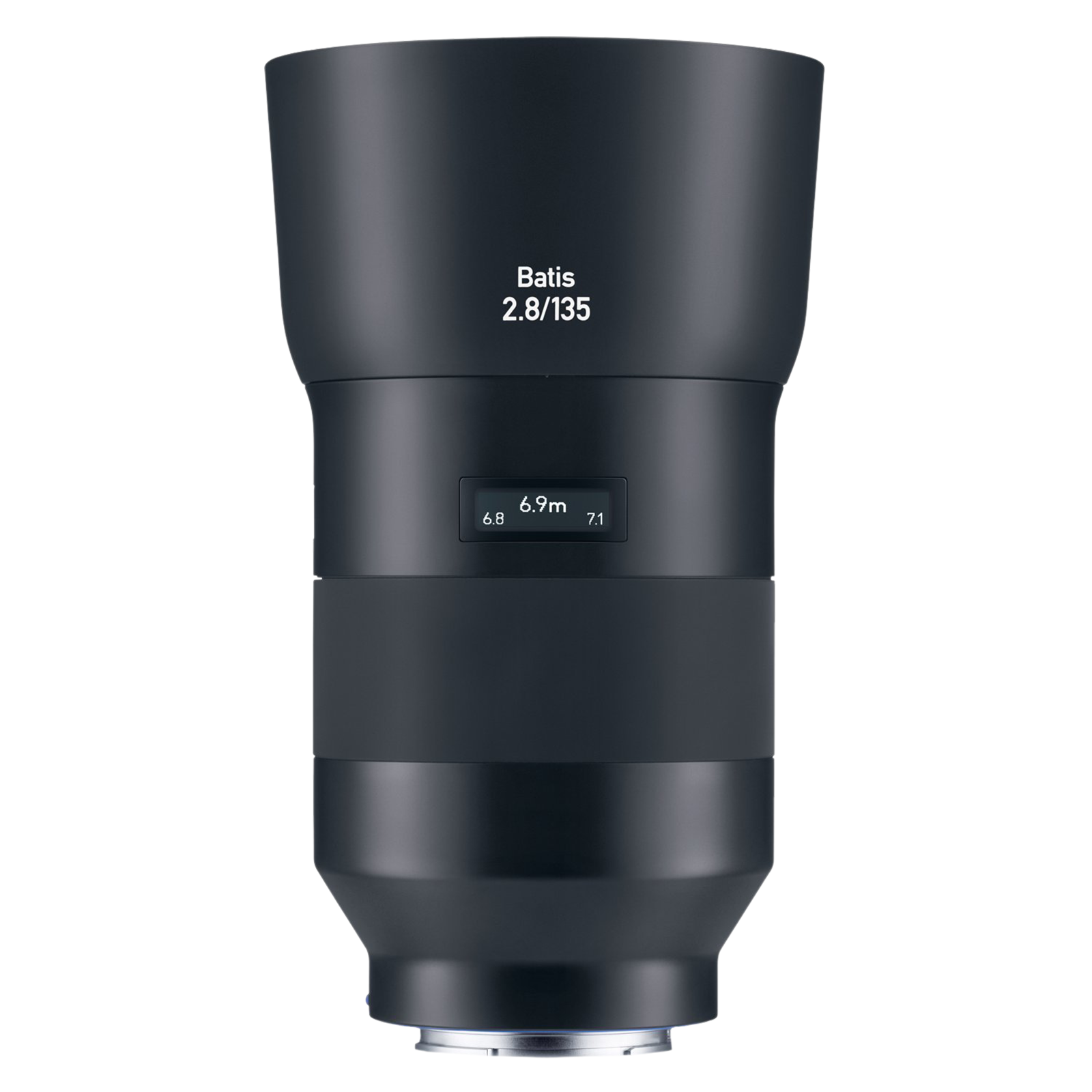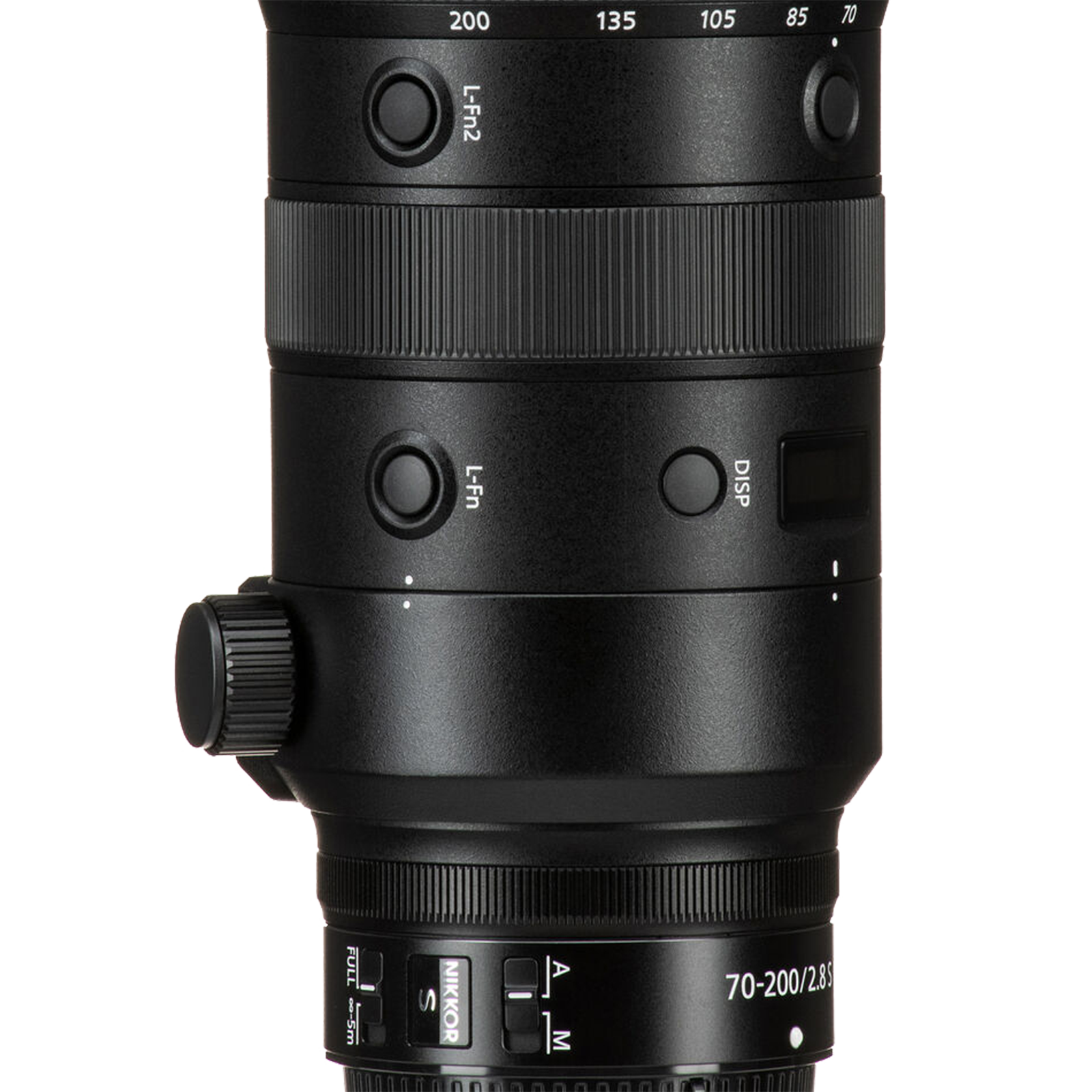Ever wondered how wildlife photographers get those close-up shots of lions or cheetahs resting in trees? Well, they achieve that with the help of telephoto lenses attached to their professional cameras.
A telephoto lens can be attached to a DSLR, mirrorless camera or even your smartphone to capture a distant object. If you have a DSLR or a mirrorless camera and are looking to buy your first telephoto lens, here’s everything you need to know.
Telephoto lens and its types
A telephoto lens is a long-focus lens used to capture a distant object by utilising a focal length that is shorter than the physical length of the lens. These lenses feature a telephoto group that enlarges the light path even with a shorter physical design. It is widely used by sports and wildlife photographers.
ALSO READ: 13 different types of cameras used for photography
The primary purpose of a telephoto lens is to make your subject appear closer than it is. For instance, it is difficult for a wildlife photographer to get closer to their subjects because of both physical constraints as well as safety. With a telephoto lens, they can not only bring the subject closer but also separate the foreground and background to create an artistic appeal.
Depending on the focal length, there are three different types of telephoto lenses:
1. Short telephoto lens: Focal length between 85mm to 135mm in 35mm film format
2. Medium telephoto lens: Focal length between 135mm to 300mm in 35mm film format
3. Super telephoto lens: Focal length over 300mm in 35mm film format
Products in focus
Benefits of using a telephoto lens
While telephoto lenses are primarily seen as a tool to get closer to a faraway object or subject, they offer many other benefits as well. Here’s a look at some of the benefits of using a telephoto lens:
1. Reach
There is no denying that this is the biggest benefit of using a telephoto lens. With a telephoto lens, you can compress the distance between the subject and its environment and magnify it to make it appear closer to the camera.
You will find telephoto lenses used by wildlife photographers who cannot get closer to their subject or sports photographers who have to capture faraway action. It is also used for landscape photography since the compression works beautifully.
2. Blurred background
When a telephoto lens is paired with a wide aperture, you can get a blurred background that puts direct focus on your subject. The compression done by a telephoto lens also aids here and can be seen employed by photographers to capture portraits.
A number of photographers use 85mm or 100mm lenses to capture portraits since the lens has a short telephoto range and wide aperture.
How to choose a telephoto lens for your camera
Now that you know how a telephoto lens works, its types and benefits of using the telephoto lens, let’s look at how to choose a telephoto lens for your photography needs.
1. Lens type
A telephoto lens is available as both zoom and prime lenses. A prime lens has a fixed focal length while a zoom lens offers variable focal lengths. A prime lens is compact, performs well in low-light conditions thanks to a wider aperture, and produces better image quality. However, a prime lens does not offer flexibility in terms of composition while zoom lenses can lead to distortion and aberrations.
If you want the best image quality and are able to move around your subject then a prime lens will be apt whereas a zoom lens should be selected if you want different focal lengths.
2. Focal length
While telephoto lenses are classified based on their focal length, it is also a great way to understand the telephoto lens best suited for your photography. The 70-200mm is widely regarded as the most versatile telephoto lens offering a fine balance between short and medium telephoto range and used for portraits, sports, wildlife, and wedding photography.
If you are looking for portraits then 85mm or 135mm prime will be more apt while 100-400mm should be chosen for sports and wildlife photography. There is also a 600mm and above prime lens that gets you even closer to your subject. They can be extremely heavy and are used primarily by wildlife and sports photographers.
3. Image stabilisation
It is recommended that you look for a telephoto lens with built-in image stabilisation to counteract camera shakes and vibrations. Since telephoto lenses can be long and heavy, they tend to experience camera movements and having built-in image stabilisation will reduce the effect.
ALSO READ: 7 best mirrorless cameras for professional photographers to buy in 2024
Most budget telephoto lenses will lack built-in image stabilisation and must be mounted on a tripod to capture sharp images.
In addition to these key features, you must also look at whether the lens is suited for a full-frame or APS-C-type sensor. A full-frame lens will offer better image quality but you need to know when to choose between a full-frame and an APS-C lens.
You should also consider the weight and your work environment before choosing a telephoto lens. Last but not least, try a lens before purchasing so you know whether it fits your use case.
Unleash your inner geek with Croma Unboxed
Subscribe now to stay ahead with the latest articles and updates
You are almost there
Enter your details to subscribe

Happiness unboxed!
Thank you for subscribing to our blog.
Disclaimer: This post as well as the layout and design on this website are protected under Indian intellectual property laws, including the Copyright Act, 1957 and the Trade Marks Act, 1999 and is the property of Infiniti Retail Limited (Croma). Using, copying (in full or in part), adapting or altering this post or any other material from Croma’s website is expressly prohibited without prior written permission from Croma. For permission to use the content on the Croma’s website, please connect on contactunboxed@croma.com
- Related articles
- Popular articles














Karthekayan Iyer
Comments